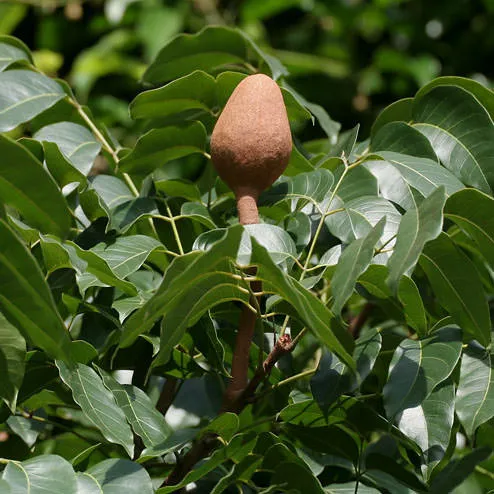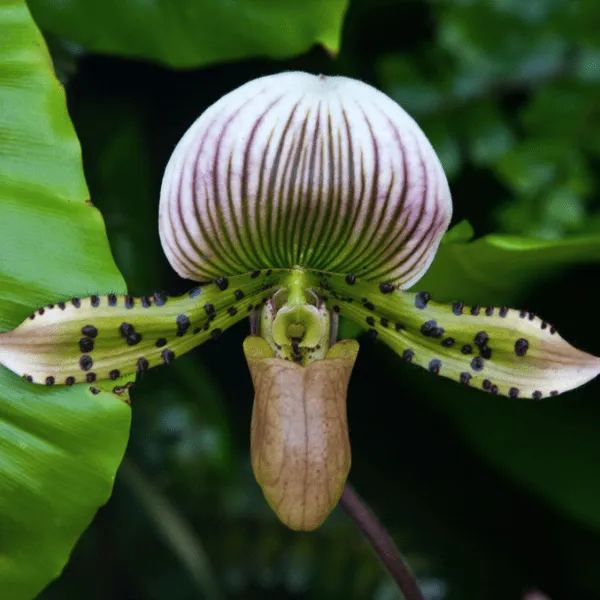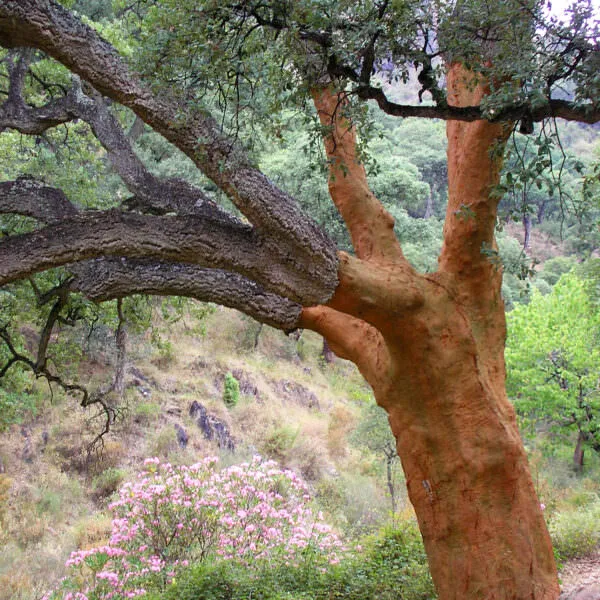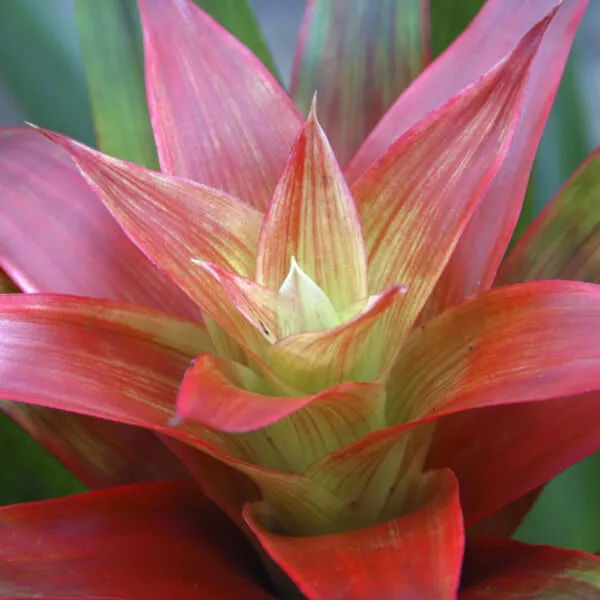We're All In
Together, we're building a future where people and nature thrive. Sign up today and join our movement...
Botany
Famous for reaching heights of over 160 feet, the Brazil nut tree towers above other trees in the Amazon rainforest. During January and February, its fruit—which is the size of a baseball and can weigh up to 5 pounds—ripens and falls to the ground, reaching speeds of up to 50 mph on its descent. Inside the fruits’ hard, woody exterior are anywhere from 10 to 21 nuts arranged in a pattern similar to segments of an orange. The outer casing of the fruit is so hard that only one known animal—the agouti, a large rodent with sharp, chisel-like teeth—can crack it open. In just one year, a Brazil nut tree can produce some 250 pounds of nuts.
Habitat
The Brazil nut tree is predominantly found in the Amazon rainforest in Brazil, Bolivia, Colombia, Venezuela, Ecuador and Peru. The tree grows best in non-flooding areas of the moist lowland rainforest and is often found within a group of 50 or more similar trees (groupings like this are called “stands”).
Significance
Brazil nuts are one of the most valuable non-timber products found in the Amazon, usually harvested from the wild by local people. They are used as a protein-rich food source, and their extracted oils are a popular ingredient in many natural beauty products. The collection and sale of Brazil nuts and their offshoots also provides an important source of income for many forest-based communities.
Threats
Brazil nut trees are sensitive to deforestation, and only seem to produce fruit in undisturbed forest. They depend on agoutis for seed dispersal, bees for pollination and other plants in the rainforest for their continued survival. If these other species disappear, so will the Brazil nut tree.
Did You Know
Through projects like the Initiative for Conservation of the Andean Amazon, the Rainforest Alliance works with local communities to diversify their sources of income with non-timber forest products, like the Brazil nut. If properly managed, non-timber forest products provide income for communities living in and around tropical forests. In addition, they provide these communities with an economic incentive to conserve existing forest and reforest degraded forests.
Sources
- Jukofsky, Diane. Encyclopedia of Rainforests. Connecticut: Oryx Press, 2002.
- PBS
- New York Botanical Garden
- IUCN Red List of Threatened Species



